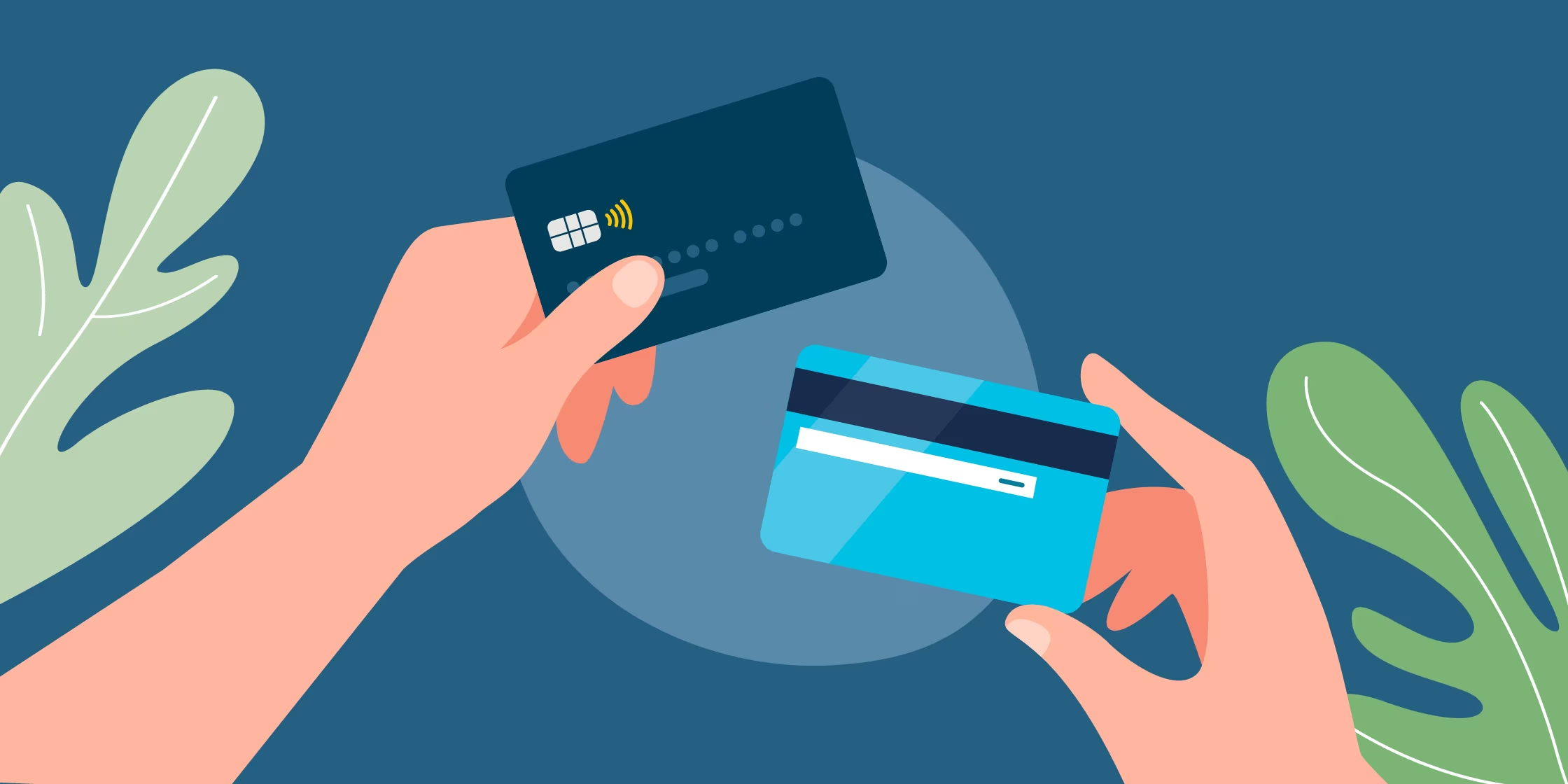Rebuild Your Credit Score with a Secure Credit Card
A secure credit card can be a game-changer for those looking to rebuild their credit scores. Unlike traditional credit cards, secured cards require a cash deposit that serves as collateral and typically equals your credit limit. This setup not only minimizes the risk for lenders but also provides an opportunity for individuals with low or bad credit scores to start improving their financial standing. If you’re navigating the complexities of credit repair, understanding how secured credit card’s function and their potential benefits is crucial for your journey toward financial health.
Understanding Secured Credit Cards and How They Work
Secured credit cards operate on a straightforward concept: you provide a cash deposit that acts as collateral and sets your credit limit. This mechanism allows lenders to mitigate risk while giving you a practical way to demonstrate responsible credit behavior. For instance, if you deposit $500, that amount becomes your credit limit.
When you make purchases, you use the card just like any other credit card, up to your set limit. Monthly payments are crucial, as they’re reported to credit bureaus, helping to shape your credit history. If you default, the lender uses your deposit to cover the outstanding balance, reducing their risk. This system ensures that you have a safety net while you work on improving your credit score.
It’s important to remember that your goal should be to make timely payments each month. Consistent, on-time payments help improve your credit score over time. Treat your secured credit card with the same level of responsibility as a traditional credit card. By doing so, you gradually rebuild your credit, making you a more attractive candidate for better financial opportunities in the future.
Why Secured Credit Cards Are Ideal for Rebuilding Credit
Secured credit cards offer a unique advantage for individuals striving to rebuild their credit scores. One of the most significant benefits is their accessibility; these cards are often available to those with low or damaged credit, making them an essential tool for many on the path to financial recovery.
A crucial aspect of rebuilding credit is establishing a positive payment history, which accounts for a substantial portion of your credit score. With secured credit cards, timely monthly payments are reported to credit bureaus, allowing you to demonstrate responsible credit behavior. This positive payment record can make a considerable difference over time.
Additionally, secured credit cards typically come with fewer hurdles compared to unsecured cards. While traditional credit cards might require high credit scores or other stringent criteria, secured cards are more lenient, as your cash deposit mitigates the lender’s risk. This leniency can be particularly advantageous for those who have faced financial setbacks.
Moreover, many secured credit cards offer additional perks like cashback, rewards programs, or even the chance to upgrade to an unsecured card after showing responsible usage. These benefits not only provide immediate value but also serve as incentives to maintain good credit habits. In essence, secured credit cards are an effective and accessible means to rebuild your credit score and regain financial stability.
How to Choose the Best Secured Credit Card for Your Needs
Selecting the right secured credit card involves a few key considerations. Start by evaluating the deposit requirement; you’ll want a card with a deposit you can comfortably afford. Be mindful of fees, as some cards carry annual, foreign transaction, or maintenance fees that can add up. Aim for a card that keeps these costs to a minimum, so you can focus on building credit without unnecessary expenses.
Next, ensure that the card issuer reports to all three major credit bureaus: Experian, TransUnion, and Equifax. This consistent reporting is vital for your credit-building efforts. Additionally, look for any extra features the card might offer, such as credit monitoring services or tools to help you track your credit score. These can provide valuable insights as you work to improve your financial health.
Steps to Effectively Use a Secured Credit Card to Build Credit
A secured credit card can be a powerful tool in rebuilding your credit, but its effectiveness hinges on how you use it. First, treat it like a regular credit card—make everyday purchases, but be mindful not to exceed 30% of your credit limit. This low utilization rate is essential for positively impacting your credit score.
Setting up a consistent payment routine is crucial. Automate at least the minimum payment to ensure you never miss a due date and aim to pay off the balance in full each month to avoid interest charges and demonstrate financial responsibility.
Regularly monitor your credit score and report to track your progress. Many secured credit cards offer free access to your credit score, which can help you understand how you’re spending and payment behaviors affect your credit. Additionally, reviewing your credit report helps you catch any inaccuracies or signs of fraudulent activity early on.
While it’s tempting to view the secured card’s limit as extra spending money, resist the urge. Only charge what you can afford to pay off each month to build a solid credit history. Responsible use of your secured credit card will lay the foundation for an improved credit score and better financial opportunities down the line.
Common Mistakes to Avoid When Using a Secured Credit Card
Using a secured credit card can significantly boost your credit score, but certain pitfalls can undermine your efforts. A common mistake is exceeding your credit limit. Doing so not only incurs fees but also harms your credit utilization ratio—a crucial factor in your credit score calculation.
Missing payments is another frequent error. Even a single late payment can have a substantial negative impact on your credit score, undoing months of hard work. Setting up payment reminders or automating your payments can help you stay on track.
It’s also important not to view your secured credit card as an extension of your income. Responsible usage is critical; only charge what you can afford to pay off each month. This disciplined approach helps build a positive credit history and avoids unnecessary debt accumulation.
Neglecting to regularly monitor your credit report is another mistake. Regular checks help you catch inaccuracies or fraudulent activities early, ensuring your credit-building efforts are accurately reflected. Ignoring your credit health can lead to missed opportunities for improvement.
Lastly, failing to upgrade your secured card when ready can hinder your progress. While the secured card is an excellent starting point, transitioning to an unsecured card at the right time can offer higher credit limits and better perks. Keep an eye on your progress and seize the opportunity to move up when you’re prepared.
By avoiding these common mistakes, you can maximize the benefits of your secured credit card and set yourself on a path to improved credit health.
When to Transition from a Secured to an Unsecured Credit Card
Once you’ve consistently demonstrated responsible credit behaviour with your secured credit card, it’s time to consider transitioning to an unsecured credit card. This typically happens after six to twelve months of on-time payments and maintaining a low credit utilization rate. As your credit score improves, you become a more attractive candidate for unsecured cards, which often come with higher credit limits and additional perks like reward programs and lower fees.
Before making the switch, research unsecured cards that align with your improved credit profile. Some secured card issuers might offer an automatic upgrade option, while others may require a new application. Transitioning to an unsecured card not only opens doors to better financial opportunities but also signals your progress in credit rebuilding. Remember, the disciplined habits you’ve developed with your secured card should continue, ensuring sustained credit health.
Additional Tips and Resources for Credit Building
Building your credit score with a secured credit card is a crucial step, but it’s part of a larger strategy for financial improvement. Here are some additional tips and resources to guide your journey:
- **Stay Informed**: Knowledge is power. Familiarize yourself with the factors that affect your credit score, such as payment history, credit utilization, and length of credit history. Online courses, financial blogs, and books can be excellent sources of information.
- **Leverage Professional Help**: Sometimes, a little professional guidance can make a big difference. Certified credit counselors can offer personalized advice and strategies tailored to your specific situation.
- **Diversify Your Credit Portfolio**: Over time, aim to diversify the types of credit you use. Adding different credit accounts, such as installment loans or retail credit cards, can improve your credit mix, which positively influences your score.
- **Monitor Your Credit Regularly**: Keep an eye on your credit reports to catch any errors or signs of fraud early. Many services offer free access to your credit report and score, making it easier to stay on top of your credit health.
- **Be Strategic with Applications**: Limit the number of new credit applications. Each application triggers a hard inquiry, which can temporarily lower your credit score. Be selective and only apply for credit when necessary.
- **Practice Patience and Persistence**: Building a solid credit history takes time. Stay consistent with your efforts, make informed financial decisions, and remain patient as you work toward your goals. Every responsible action you take contributes to a stronger credit profile.
By incorporating these additional steps into your credit-building plan, you’ll be well on your way to achieving financial stability and a healthier credit score.
For more information, please visit Cent Savvy Credit Repair Counselling

